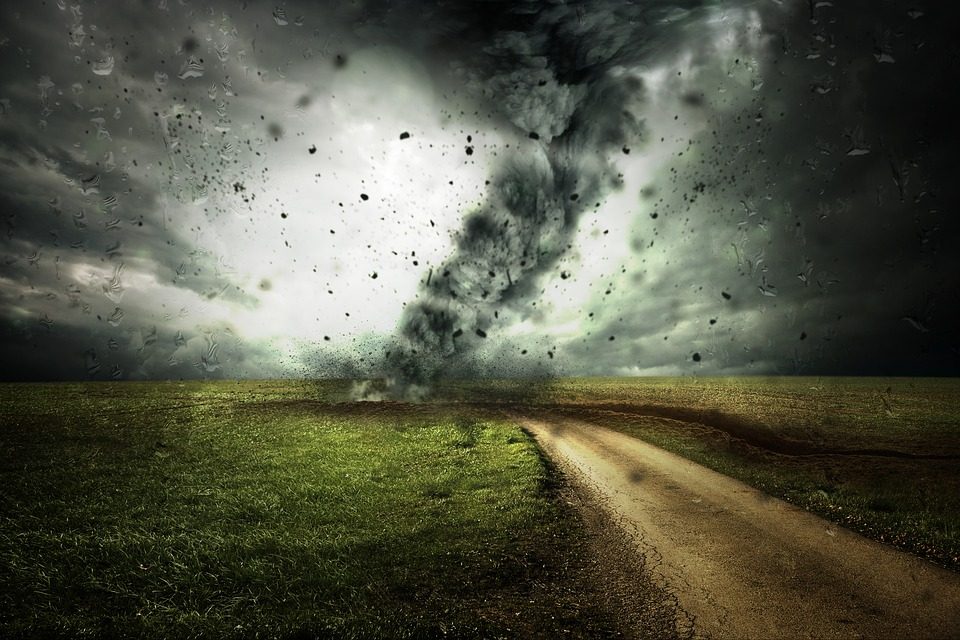Natural Disasters
Before starting this topic I only had very little prior knowledge and understanding of natural disasters based on what I had learned at school. During the lectures I gained a more in depth knowledge and basic understanding of natural disasters; how they are caused, what damage they can cause and how we can prepare, respond and recover after a natural disaster.
A natural disaster is “a natural event such as a flood, earthquake, or hurricane that causes great damage or loss of life.” (Oxford University Press). There are many more types of events such wildfires, tsunamis and avalanches that are all classes as a natural disaster. For an event to be classed as a disaster it must have impacted human society through social disruption, material damage or/and loss of life.
While discussing this topic with my peers we created a list of human impacts on natural disasters and this allowed us to work together and communicate our thoughts about the things we do that can effect our world. Some of the factors we came up with were first of all the impact of global warming on our planet, urbanisation and construction and deforestation,
Natural disasters occur with usually very little warning however scientists are using past data and weather predictions to try and anticipate when these natural disasters could occur. In terms of a risk assessment the level of risk increases with population growth, if a natural disaster occurs in a heavy populated area the loss of life and impact on society is huge. The impact on society = what area of the world the natural disaster occurs in + how prepared the area is for the event.
The role of the government is to help ensure communities and urban areas are prepared for any events that may happen by making sure they have access to food, water, healthcare, emergency services and response teams. On a local level it’s important to build community support and monitor weather forecasting systems. On a national level governments put policies in place such as the National Response Framework and the National Disaster Recovery Framework, which both work and focus “on restoring, redeveloping, and revitalising communities impacted by a disaster.” (U.S. Department of the Interior, 2018).
While covering this topic we were put into groups to create a presentation based on a natural disaster, our group was given the topic of hurricanes and we chose to present it in a way that we would present it to a class of children. Doing the presentation as a group meant we could all work on our teamwork skills and communication as we discussed our ideas and planned as a team.








In terms of curricular links we put in the main one for our presentation which was for the children to be able to “describe the physical processes of a natural disaster and discuss its impact on people and the landscape. SOC 2-07b” (Education Scotland, 2017). However, other experiences and outcomes that work for this topic are:
- Having explored the landscape of my local area, I can describe the various ways in which land has been used. SOC 1-13a
- By exploring a natural environment different from my own, I can discover how the physical features influence the variety of living things. SOC 1-13b
- I can explain how the physical environment influences the ways in which people use land by comparing my local area with a contrasting area. SOC 2-13a (Education Scotland, 2017)
Some resources that could be used in the classroom are:
- Videos on natural disasters such as The Dr. Binocs Show, learn videos for kids, available at https://www.youtube.com/watch?v=lAmqsMQG3RM
- Natural Disaster caught on tape, available at https://www.youtube.com/watch?v=FtO62R_UKkc
- What are natural disasters? available at http://www.primaryresources.co.uk/geography/geography3.htm
Reference List:
Oxford University Press (2018) Natural Disaster, Available at: https://en.oxforddictionaries.com/definition/natural_disaster (Accessed: 7th November 2018).
U.S. Department of the Interior (2018) Natural Disaster Response and Recovery, Available at: https://www.doi.gov/recovery (Accessed: 7th November 2018).
Education Scotland (2017) Benchmarks Social Studies, Available at: https://education.gov.scot/improvement/documents/social%20studiesbenchmarkspdf.pdf(Accessed: 7th November 2018).

